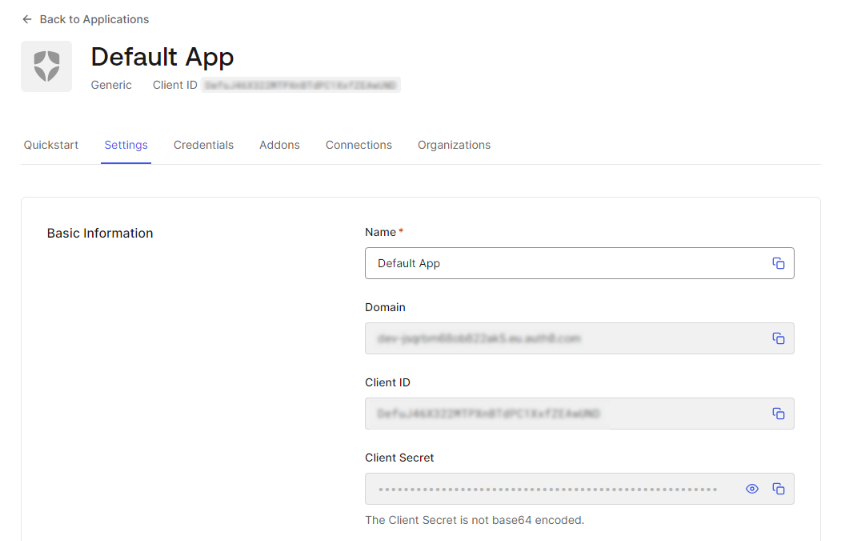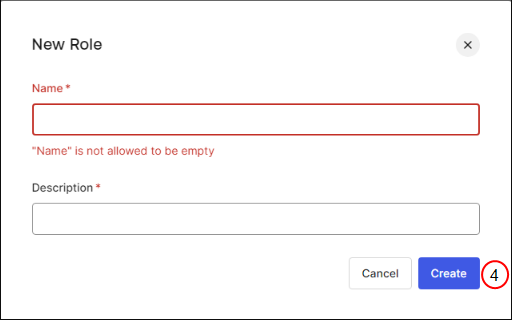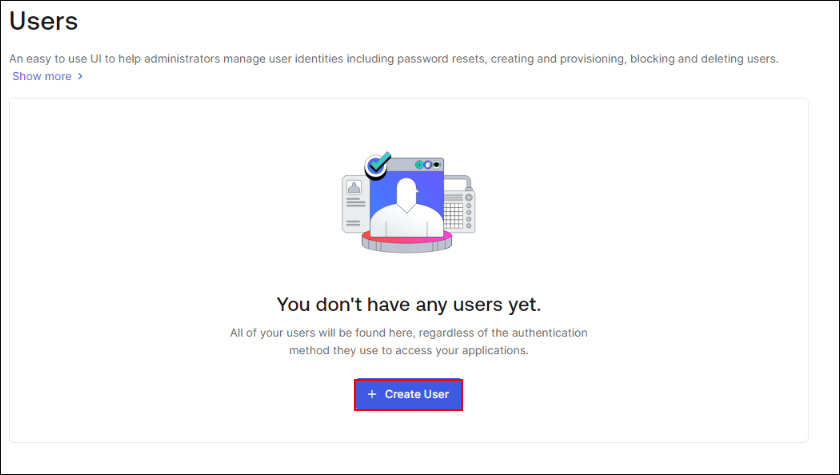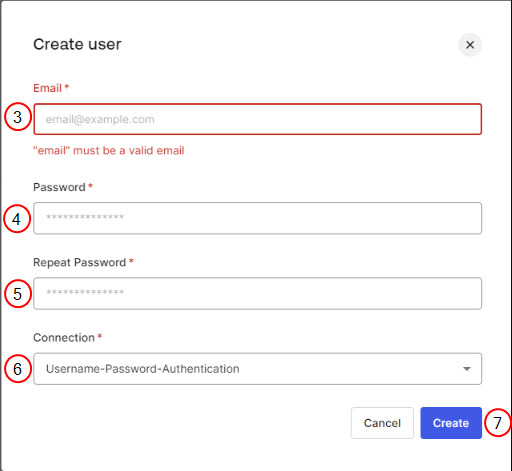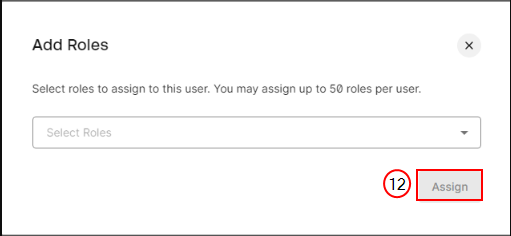Auth0 by OKTA for Single Sign-On
Auth0 by OKTA is a service that allows you to log into multiple applications at the same time. This article provides guidance on configuring Auth0 to work with your Single Sign-On connector.
Prerequisite
You must have already created an Auth0 account.
Create an Application
|
1.
|
After creating your account, you have two options: to use the default generated application or create your own application. Select the default generated application. |
All the required fields are automatically populated. This includes the Client ID and the Client Secret.
|
2.
|
Scroll to the Applications URIs section and enter the Smart Flows URL in the Allowed Callbacks URLs field. |
All Smart FlowsURLs must end with /oauth2/redirect.
Create Roles
|
1.
|
In the Auth0 menu, navigate to User Management and select Roles. |
|
3.
|
In the New Role dialog box, enter a name and a description. Remember the Role name you gave here you will need it for the last step of creating Users. |
Confirm that all the information is correct before saving your information. Once you create a role, it cannot be undone or deleted. Confirm that all the information is correct before saving your information.
Create Users
|
1.
|
In the Auth0 menu, navigate to User Management and select Users. |
|
3.
|
In the Create user dialog box, enter a valid e-mail address. |
|
4.
|
In the Password field, enter a password. |
|
5.
|
In the Repeat Password field, re-enter the same password. |
|
6.
|
From the Connection dropdown menu, select Username-Password-Authentication. |
|
8.
|
You will receive a verification e-mail at the e-mail address given above. Select the link in the e-mail to confirm your account. Simultaneously, your e-mail is verified on the User screen. |
|
11.
|
In the Add Roles dialog box, select the role you created. |
Well-Known URL
There is no pre-populated version of the well-known URL present on the dashboard. You must define the URL in the following format. https://YOUR_AUTH0_DOMAIN/.well-known/openid-configuration.
To replace the YOUR_AUTH0_DOMAIN with the correct domain from Settings, go to Custom Domains. Your Auth0 domain is shown in bold in the text.

